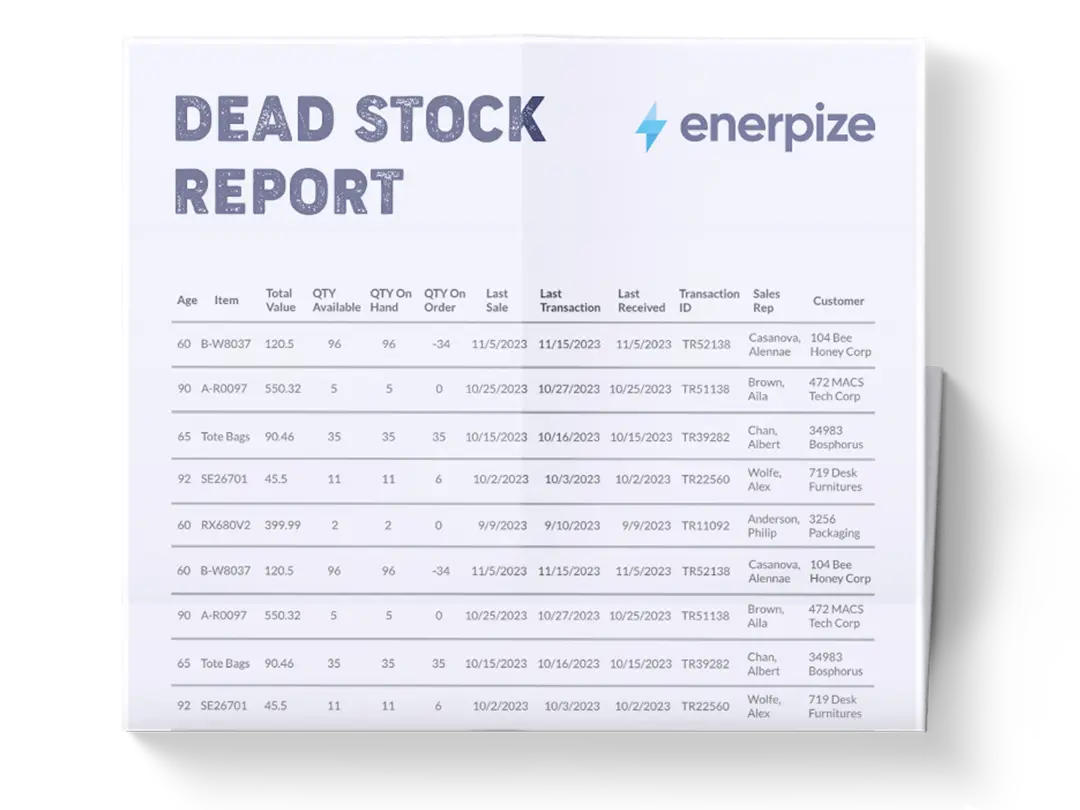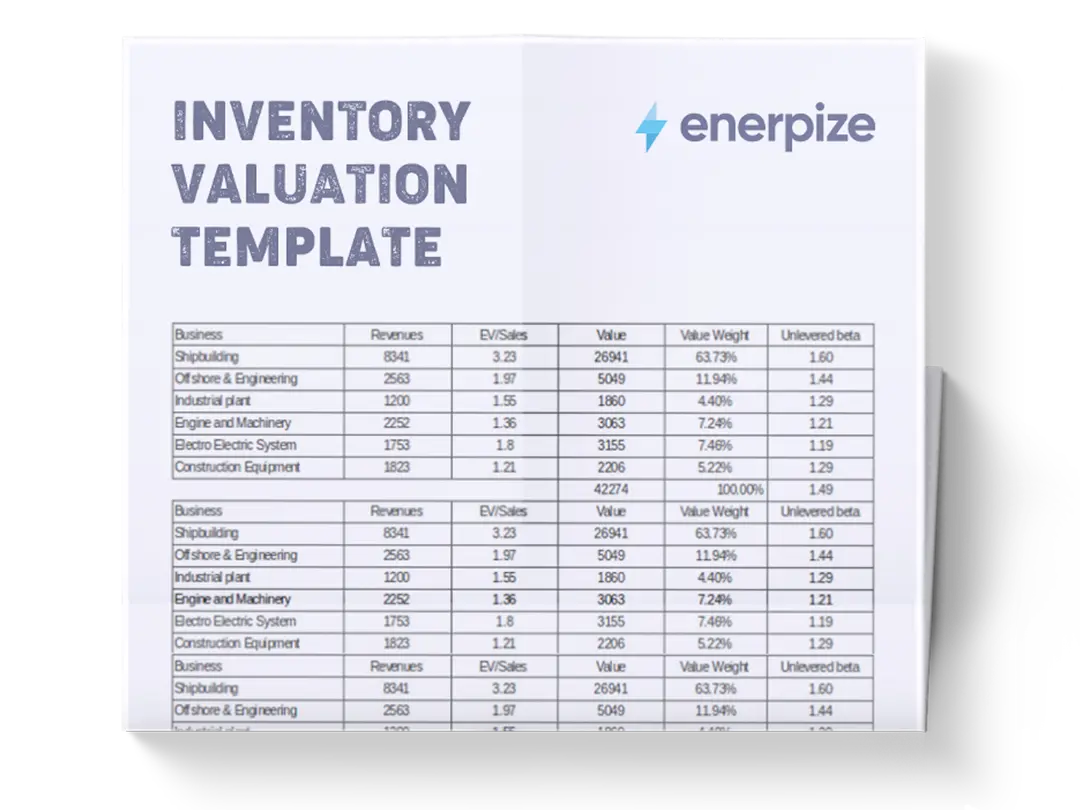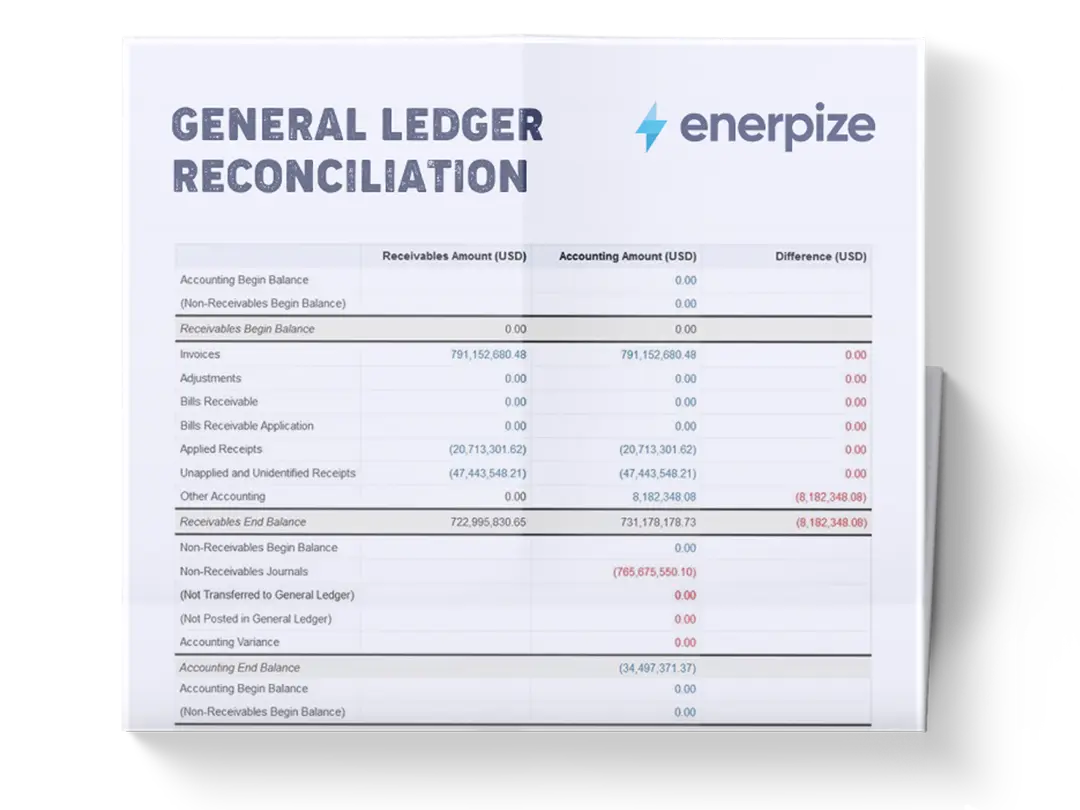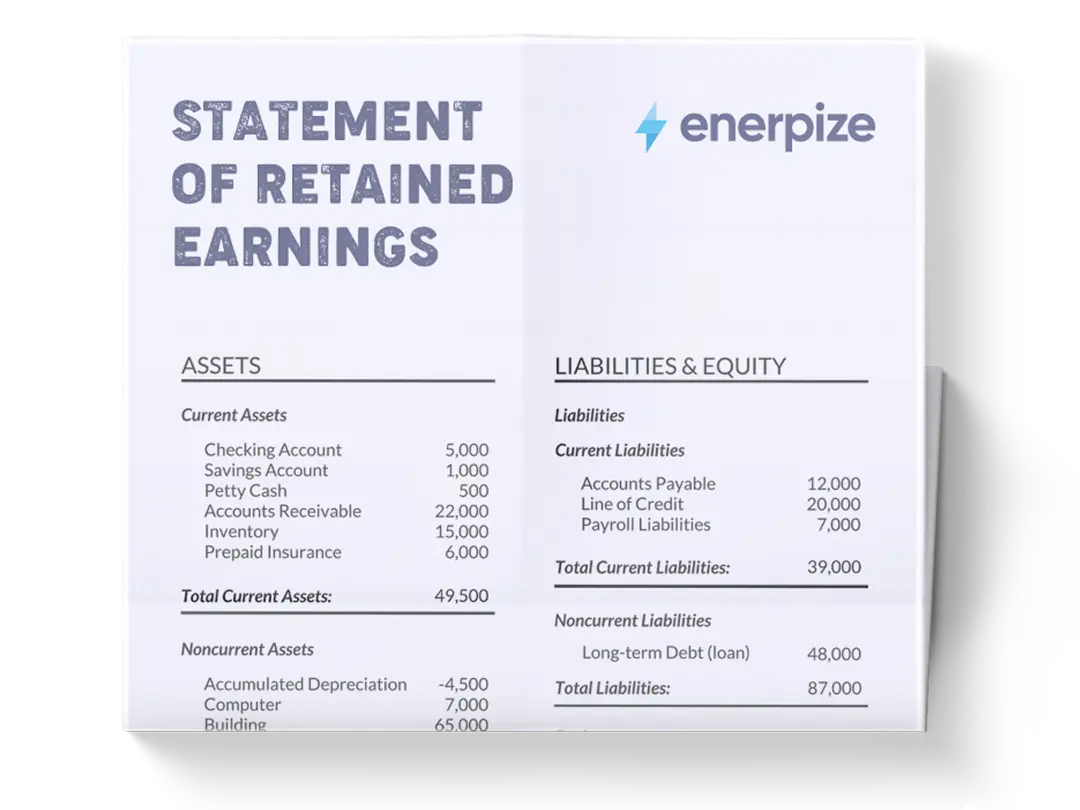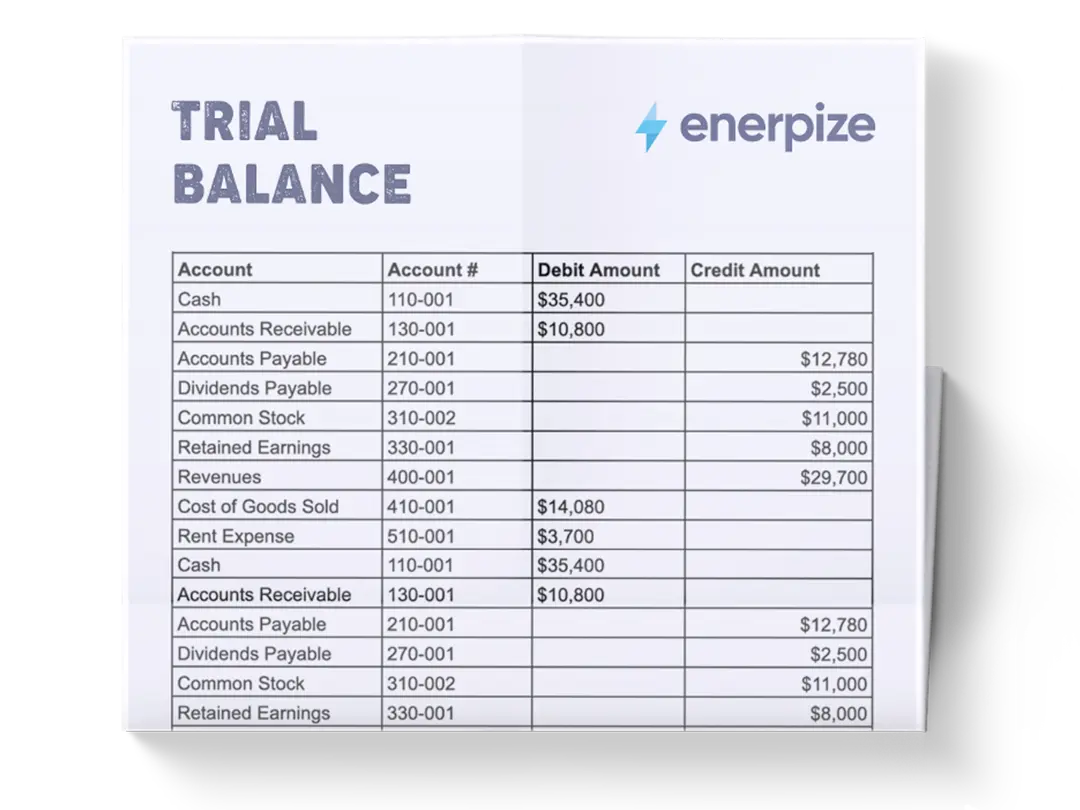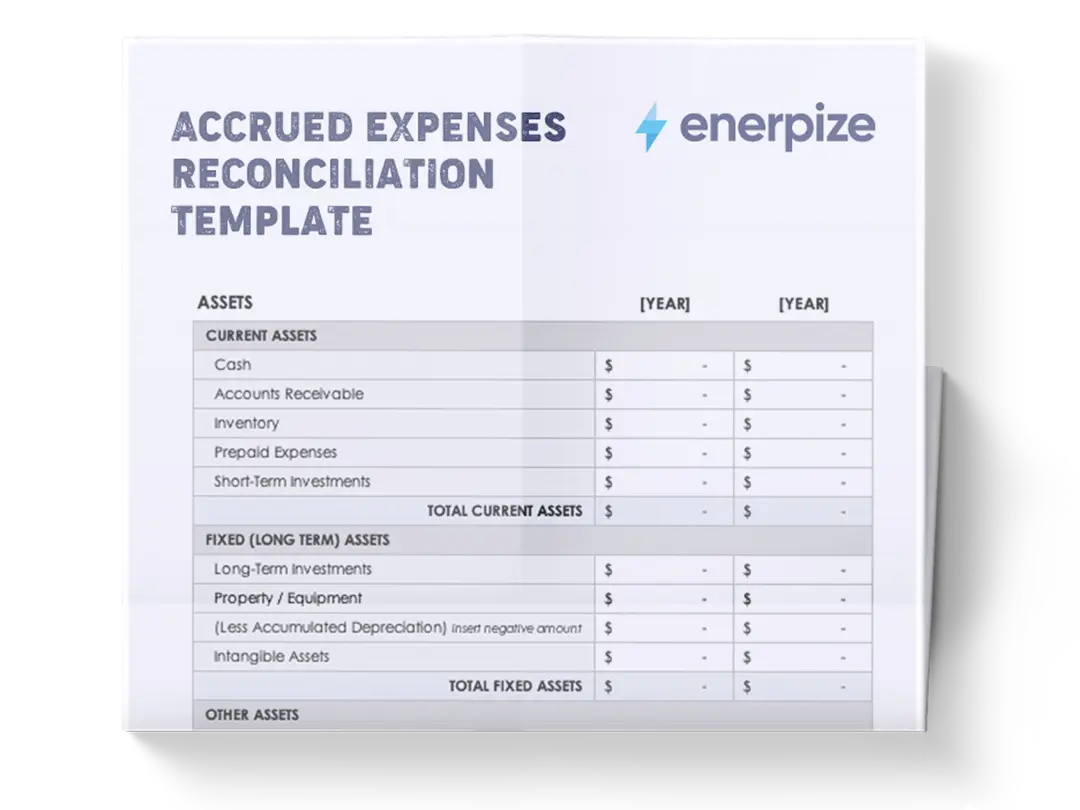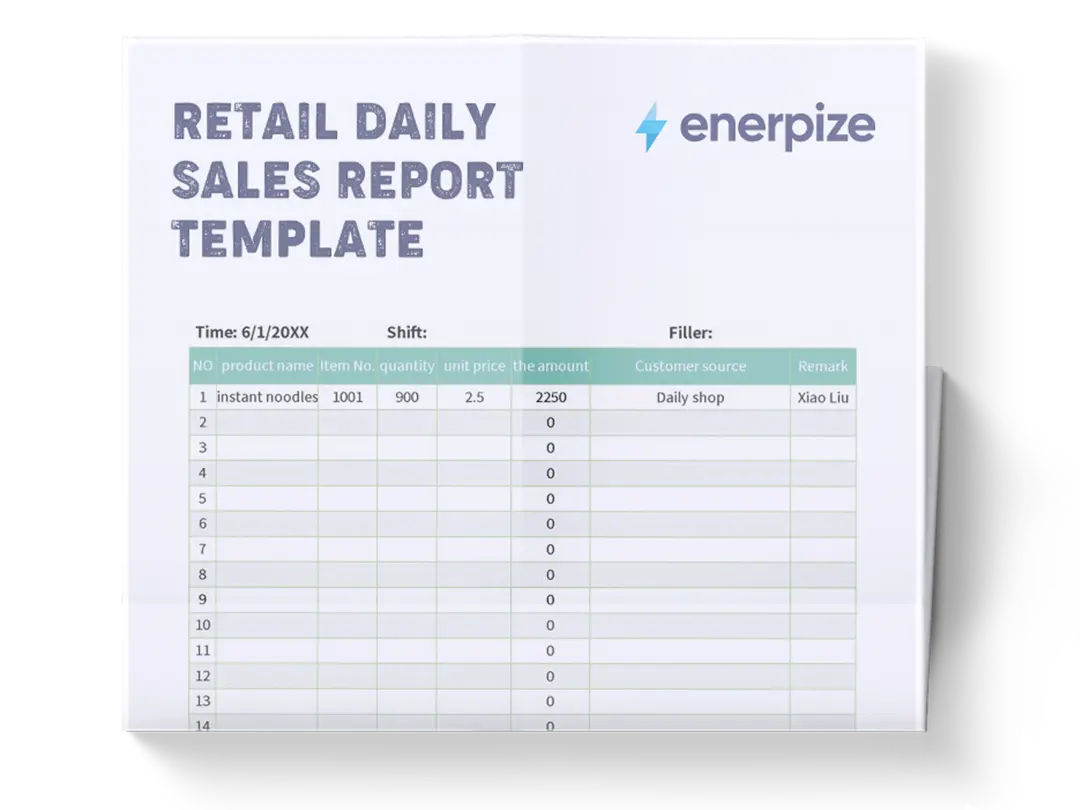Posted on 21 August 2025
Attendance Tracker Template Excel & Google Sheets
- The attendance tracker template is available in Excel and Google Sheets.
- Provides a centralized and clear view of your team’s daily attendance, including present, absent, and leave statuses.
- Enables accurate tracking of work hours and breaks to ensure labor compliance and fair reporting.
- Empowers HR and team leaders to proactively manage attendance trends and reduce unplanned absences.
What is the Attendance Tracker Template?
The employee attendance tracker Excel template is designed to help organizations accurately record, monitor, and manage employee work hours, absences, overtime, and time off.
Whether implemented via a simple spreadsheet or an advanced software solution, this free employee attendance tracker centralizes attendance data to support efficient payroll processing, labor law compliance, and workforce productivity.
By logging key metrics—such as clock-in/out times, leave days, and shift hours—it eliminates manual tracking errors and provides a reliable source of truth for HR, team leads, and payroll managers.
What does an Attendance Tracker Template Contain?
Employee Information:
Essential details section for each employee, including their name, job title, and department.
Attendance Status:
Mark each employee’s daily status—such as Present, Sick Leave, Personal Leave, Vacation, or No Show/No Call.
Check-in and Check-out Times:
Log each employee’s actual check-in and check-out time to monitor punctuality, verify work hours, and detect early departures or late arrivals.
Total Break Time (in minutes):
Record how many minutes of break each employee takes daily. Monitoring break durations helps ensure fairness and adherence to company policies while also offering a safeguard against extended unscheduled breaks that can affect workflow.
Daily Statistics Summary:
Displays useful daily stats per employee: total time attended, leave types taken, and total break hours.
How to Use the Attendance Tracker Template
1- Set Up the Tracker
Input Departmental Information: If tracking multiple teams, duplicate the sheet for each department or assign color-coded rows to differentiate. Clearly label each section to maintain structure and visibility.
2- Enter Employee Details
Add Employee Info: input each employee’s name, job title, and department. Always use the same naming conventions and spelling to avoid duplicate entries or confusion when sorting/filtering data.
3- Record Daily Attendance
- Log Attendance Status: Each day, select the correct status—Present, Sick Leave, Personal Leave, Vacation, or No Show/No Call.
- Add Time Entries: Manually input check-in and check-out times for each employee. Use a 24-hour format for consistency.
- Input Break Time: Enter the total minutes each employee takes as a break.
4- Review the Automated Statistics
The template adds up the total attended days, types of leave taken, and hours spent on breaks. These fields offer a snapshot of employee attendance and allow for quick weekly/monthly summaries.
Use for Performance and HR Analysis: With summarized data visible at a glance, managers can identify trends such as frequent personal leave, extended breaks, or patterns of absenteeism. This insight supports HR decisions and team optimization.
5- Add Notes and Annotations
Use the Notes section to explain anomalies, for example, an emergency leave, shift swap, or late arrival due to transport issues. This narrative adds valuable human context that raw data alone cannot convey.
6- Maintain the Template Regularly
Consistency is key. Make daily updates to ensure real-time accuracy. Skipping entries can lead to gaps in data and unreliable statistics.
Archive Monthly Copies: At the end of each month, save or export a copy for archival. This creates a paper trail for compliance, audits, and internal reviews.
Importance of the Attendance Tracker Template
Ensures Accurate Payroll Management
An attendance tracker directly ties into payroll accuracy by recording real-time data on hours worked, overtime, and leave. Automating this process reduces the risk of underpayments, overpayments, and manual entry errors.
This not only streamlines HR operations but also ensures employees are compensated fairly and on time, fostering trust and transparency within the workplace.
Maintains Legal Compliance
Labor laws, including those under frameworks like the Fair Labor Standards Act (FLSA), require precise records of working hours, breaks, and overtime. An attendance tracker helps organizations stay compliant by generating audit-ready records that prove adherence to legal standards. Failure to comply can result in fines, lawsuits, or reputational damage—risks this attendance tracker Excel template helps mitigate.
Boosts Productivity and Workflow Oversight
With detailed attendance data, managers can detect recurring absenteeism, chronic lateness, or extended breaks that impact team efficiency. Identifying and addressing these patterns early leads to better workload distribution, improved time management, and higher overall productivity.
Promotes Employee Accountability
Knowing that attendance is being monitored encourages punctuality and responsibility. Employees are more likely to adhere to schedules and minimize unjustified absences when there’s a transparent system in place. This culture of accountability promotes fairness across the team and reduces friction around attendance-related disputes.
Improves Workforce Planning
Attendance patterns reveal staffing trends that can inform scheduling decisions. If certain periods see high absence rates, managers can proactively adjust shifts or allocate additional resources. This kind of foresight prevents understaffing during critical operations and optimizes team availability throughout the year.
Who Can Use the Attendance Tracker Template?
Human Resource Departments
HR professionals use attendance trackers to ensure payroll accuracy, enforce internal policies, and maintain compliance documentation. The Excel attendance tracker provides a single source of truth, allowing HR to efficiently manage time-off requests, process disciplinary actions, and support performance reviews.
Team Leads and Project Managers
Attendance data helps managers oversee their team’s availability and workload in real time. By reviewing logged hours, managers can allocate tasks fairly, spot bottlenecks, and prevent employee burnout. It also supports project planning by correlating attendance with task completion rates and resource requirements.
Small Business Owners
For businesses without a dedicated HR department, this attendance tracker template offers a simple but effective way to track employee attendance. It reduces reliance on memory or manual logs and allows owners to focus on operations while ensuring accurate payroll and legal compliance are maintained.
Educational Institutions
Schools and universities can adapt the template to track student attendance and identify behavioral patterns. It enables early intervention for chronic absenteeism and simplifies reporting for parents or school boards.
Freelancers and Contractors
Independent professionals who bill clients hourly can use the tracker to log work sessions and generate transparent timesheets. It’s also useful for tracking time spent on different projects, ensuring accurate invoicing and better time management.
Remote and Hybrid Teams
In remote work settings, digital attendance trackers help monitor presence and productivity without micromanagement. With features like automated check-ins or time logs, these tools keep distributed teams accountable while giving managers real-time visibility.








